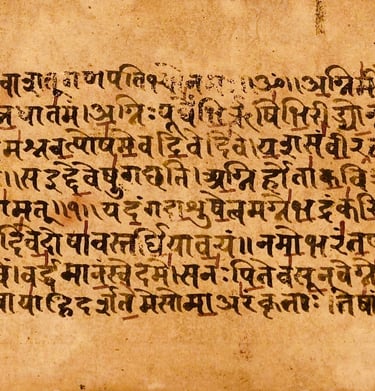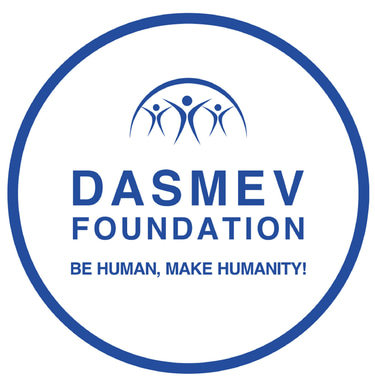
Reviving Ancient Education
Experience holistic learning through Vaidik and modern teachings.
Holistic Learning
Integrating yoga, meditation, and value-based education.
Embrace the wisdom of Sanskrit and science.
Nurturing responsible and ethical citizens.
Value Education
Yoga & Meditation
About Gurukul by Dasmev Foundation
“Gurukul” is an education model in India rooted in ancient tradition, with certain characteristic features:
Holistic education: Not just academics, but moral values, character building, discipline, life skills.
Residential or semi-residential setup: Students often stay on site, or spend significant time there, sometimes even from rural or underprivileged backgrounds.
Teacher-student intimacy: A close relationship between mentor (“guru”) and students (“shishya”), guiding more than just curriculum but overall growth.
Cultural / traditional learning: Inclusion of Indian philosophy, values, scriptures, languages (often Sanskrit / local languages), spiritual practices, arts, music etc.
Modern academics + Life skills: Alongside tradition, they often have modern subjects, possibly technical or vocational training, good infrastructure where possible.
Community, discipline, shared responsibilities: Students may help with upkeep, chores, communal living, values like sharing, respect, service
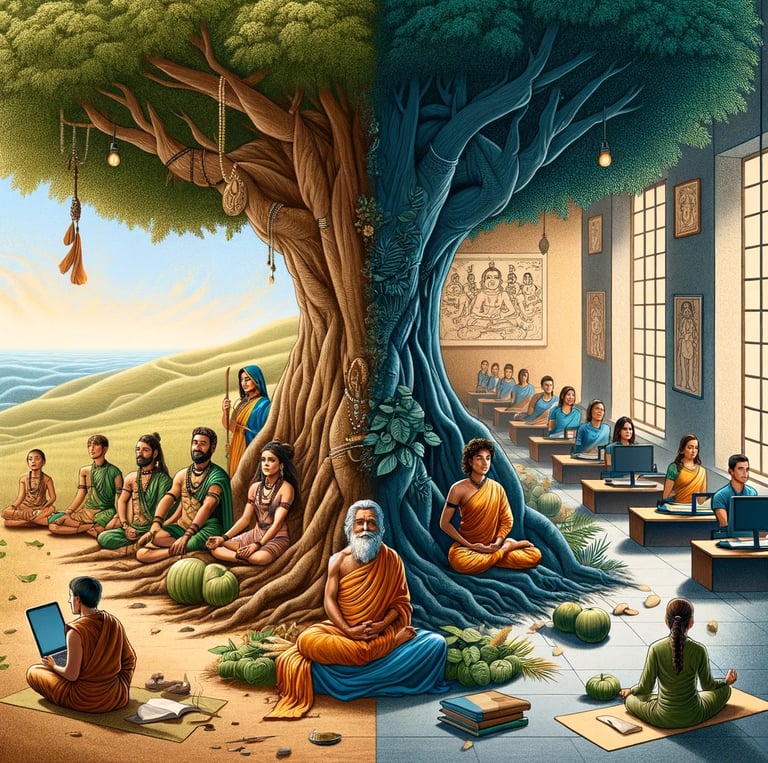

150+
15
Trusted by parents
Community support
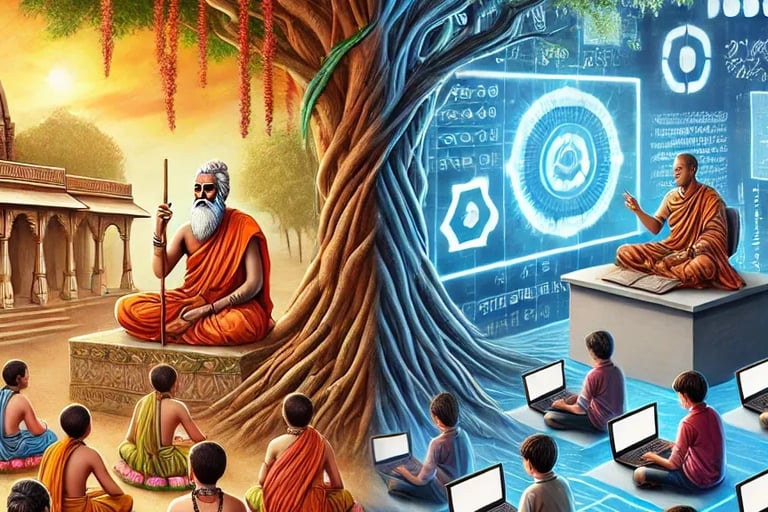

Objectives of Gurukul System
To develop character, discipline, and responsibility.
To prepare students for self-reliant living.
To balance spirituality and material knowledge.
To create well-rounded individuals who could serve society and uphold dharma.
Modern Relevance
Today, many educators and organizations are reviving the Gurukul model in a modern context:
Blending traditional wisdom with modern education (science, technology, digital literacy).
Focus on yoga, meditation, Sanskrit, and value education.
Promoting environment-friendly learning spaces.
Developing students with emotional intelligence, ethics, and leadership skills, not just academic excellence.


Holistic Education Services
Reviving ancient Vaidik education with modern techniques for all children.


Yoga and Meditation
Empowering children through yoga and mindfulness practices.
Value-Based Learning
Fostering ethical values and cultural awareness in students.
Sanskrit and Science
Integrating traditional Sanskrit with modern scientific education.
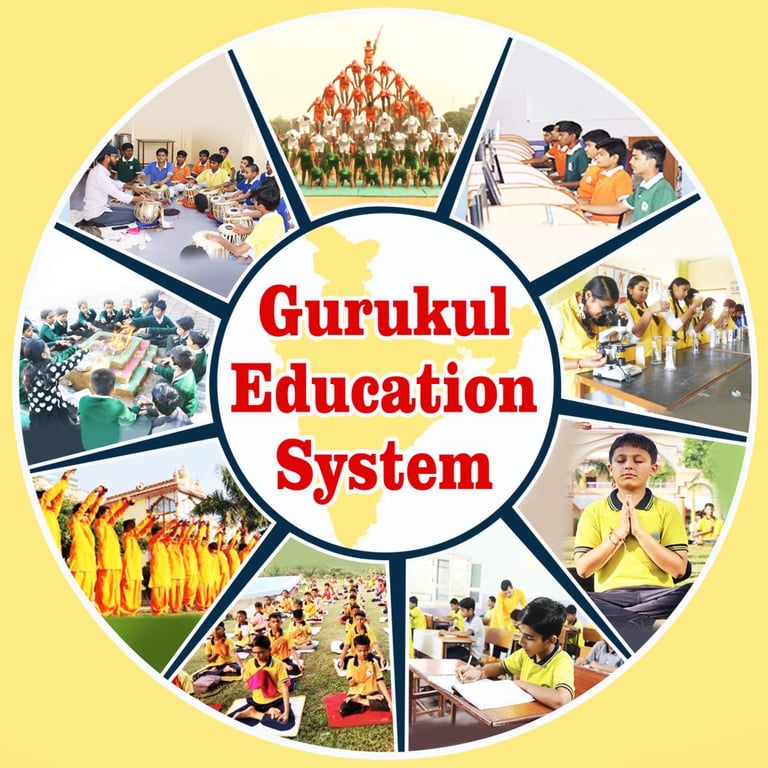

The Gurukul Education System is one of the oldest forms of holistic learning in India, rooted in the Vedic tradition. It was not just a method of teaching but a way of life, where students (shishyas) lived with their teacher (guru) in a gurukul—a simple residential school set in a natural environment.
Guru–Shishya Tradition
The guru imparted knowledge, values, and life skills.
Students respected and served their guru, creating a strong bond of discipline and devotion.
Holistic Learning
Focus on physical, mental, emotional, and spiritual development.
Education included the Vedas, Upanishads, grammar, mathematics, astronomy, Ayurveda, music, arts, and martial training.
Residential System
Students stayed in the Gurukul away from their homes.
They lived a simple life, learning self-reliance, discipline, and community living.
Value-Based Education
Moral values, truth, humility, respect for nature, and service to society were key lessons.
Students were taught dharma (duty) and artha (livelihood) with an emphasis on righteousness.
Nature-Centered Learning
Gurukuls were usually located in forests or villages, where students learned close to nature.
Equal Education
Gurukul system often promoted inclusiveness—students of different backgrounds could learn together (though in later periods, social barriers emerged).
Practical Life Skills
Students learned farming, animal care, cooking, and other practical skills along with intellectual studies.


Key Features of Gurukul Education System
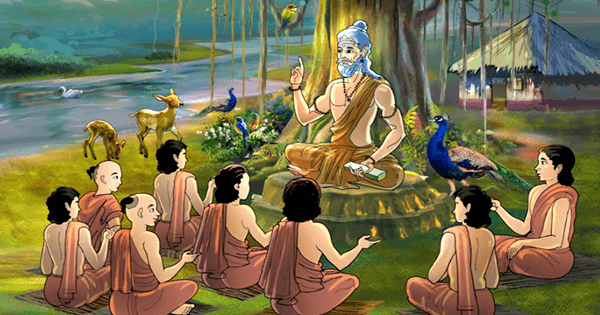

Gurukul
Reviving ancient education for modern learners.






